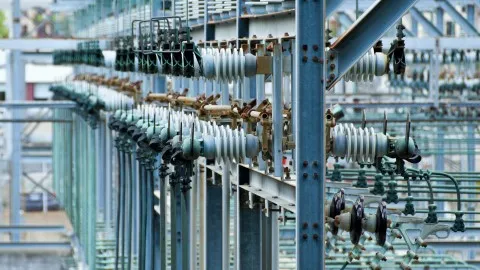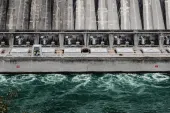
Southeast Asia needs $210b investments annually to reach net-zero goals by 2050
By 2030, the region needs $150b in investments to install 240GW more RE capacity.
Countries in Southeast Asia would need an average annual investment of $210b up to 2050 to meet the scenario that aims to limit global warming to 1.5 degrees Celcius, according to the International Renewable Energy Association (IRENA).
In a report, IRENA said the amount is 2.5 times higher than the required investments under the Planned Energy Scenario based on the current and planned policies by the markets in the region.
“Many technologies in the 1.5-S (1.5-Scenario) have higher upfront investments but are critical mainly to enable the accelerated deployment of key renewable energy technologies in the power sector or to scale up the electrification of transport, buildings and industries as well as green hydrogen projects,” it said.
READ MORE: Southeast Asia faces uphill battle in CCUS deployment without carbon pricing
IRENA said the investment needed under the 1.5-S is “sizeable” and is equal to more than double the region’s GDP in 2018, and is about 60% of the values in 2050.
“However, it is spread out over multiple decades, and on an annual basis it is only around 2-7% of ASEAN’s GDP, depending on the year,” it added.
If Southeast Asia will push to reach 100% renewables by 2040, an average annual investment of $230b would be needed.
For the shorter term up to 2030, achieving an additional 240 gigawatts of installed capacity, driven by solar and wind, will need around $150b investment.
Developing the electric vehicles sector will also be crucial in achieving the overall energy transition, it said.



















 Advertise
Advertise






